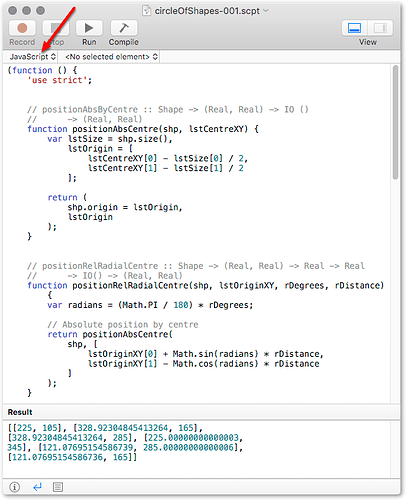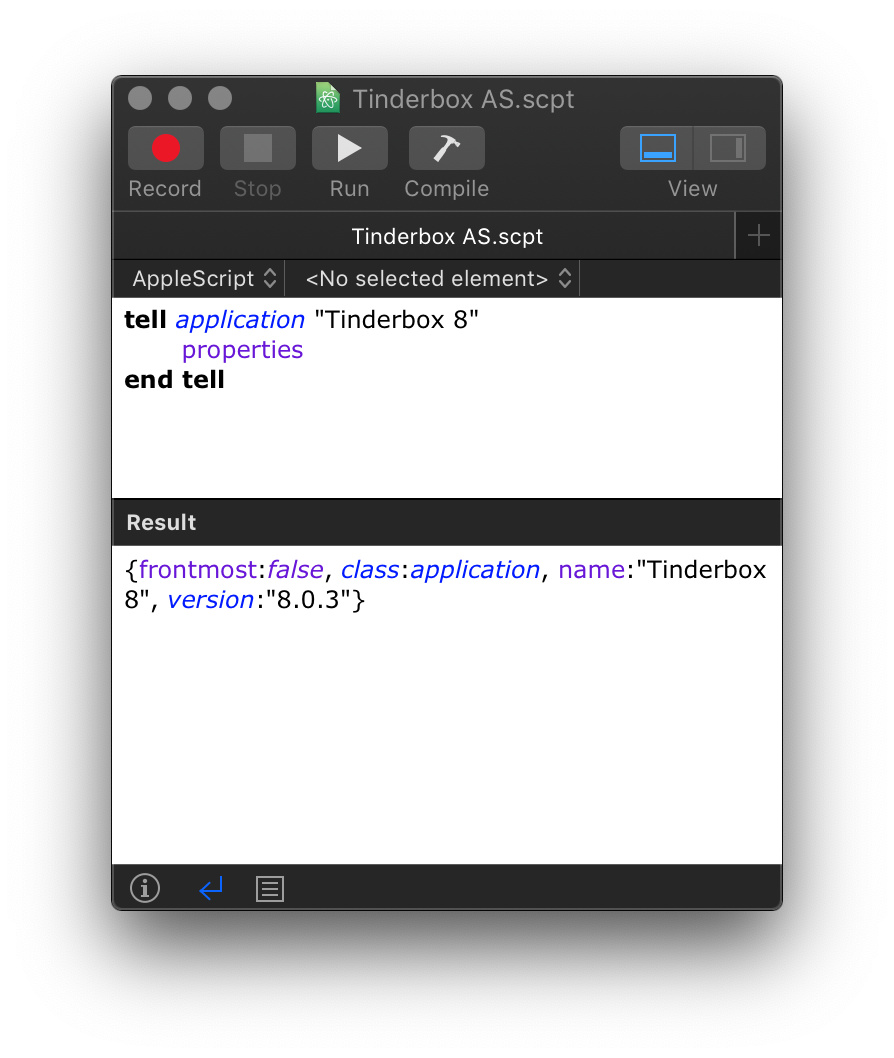
I wrote a second script to group words into a single node if they’re all derived from the same word, don’t have any words derived from them, and are all in the same kind of shape as the word they’re derived from. Sometimes the diagrams get crowded when a lot of words are derived from another word in the same language, or a lot of other languages derived words from the same word. On the subject of accessibility, I’m happy that the History of English Podcast provides transcripts, so I can easily find the episodes relevant to some of these diagrams. It only lists the words in the language you asked about (assuming that is English), since English screen readers likely wouldn’t read the other ones correctly anyway. It might be cool to autogenerate sound files using text-to-speech in voices made for the other languages and attach those to the nodes to enrich the experience when navigating through them in OmniGraffle or some other format it can export, but that’s a project for another day.

It doesn’t describe the entire structure of the tree (I’m trying not to get distracted researching nice ways to do that for arbitrary trees!) but it’s probably better than nothing.
#Omnigraffle applescript examples pdf#
You can also click on any diagram for a full-sized pdf version. I intended it for use as alt text, but some of these diagrams are difficult to read at the size shown, so even people who don’t use screen readers can benefit from the description. The script also generates a simple image description, which I’ve used in the caption. I thought about having a different colour and shape for each language, and a legend, but decided to keep things simple for now. The root word is in a blue oval, the words in the same language as the one I asked about (in this case, English) are in brown rounded rectangles, and the words in other languages are in black rectangles.

This is what it gave when I asked for the English word ‘little’.Ī tree diagram showing how ‘little’ is related to the following words: little, belittle, belittler, littleneck Before I bore you with the details, I’ll show you a little example. So I wrote an AppleScript to make tree diagrams showing words that are all derived from the same root word(s) as a given word. As you might have seen in previous posts, my go-to for creating that kind of diagram is using AppleScript to control OmniGraffle. The diagramsīack in October, hearing about how yet another absurd list of words all derived from the same root word (I think in this case it was bloom, flower, phallus, bollocks, belly, flatulence, bloat, fluid, bladder, blow, and blood from episode 62) I decided I couldn’t just listen to these ridiculous linguistic family trees any more I had to see them. I was in it for the English, but I also learnt lot more history than I expected to. I’ve since finished it and started listening to something else before I go back for the newer episodes. Back when podcasts were in iTunes, I used to listen to all my podcasts on shuffle, so if you like order, this is an improvement) starting from Episode 148.

I immediately started listening to that, in reverse order (that’s just the easiest thing to do in the Apple Podcasts app. A while ago I found a post about Surprising shared word etymologies, where the author had found words with common origins (according to Etymological Wordnet) which had the most dissimilar meanings (according to GloVe: Global Vectors for Word Representation.) I loved the post, but my main takeaway from it was the The History of English Podcast, linked in the Further reading section.


 0 kommentar(er)
0 kommentar(er)
